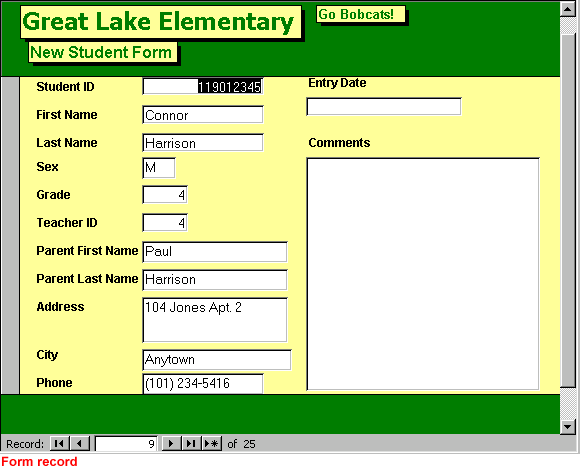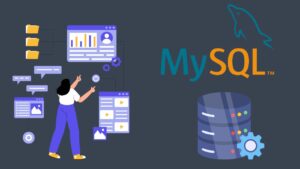Demystifying Database Terminology: A Comprehensive Guide to Access 2000

Microsoft Access 2000 introduced countless users to the world of relational database management systems (RDBMS), revolutionizing the way data is stored, organized, and accessed. As with any specialized field, databases come with their own set of terminology, which can sometimes be daunting to newcomers. In this extensive guide, we’ll unravel the jargon surrounding databases in Access 2000, providing a detailed explanation of key terms and concepts to help users navigate the world of database management with confidence.
Database
At its core, a database is a structured collection of data organized for efficient retrieval, manipulation, and storage. In Access 2000, databases can consist of one or more tables, each containing related data organized into rows and columns. Databases serve as repositories for storing vast amounts of information, ranging from customer records and inventory data to financial transactions and employee details.
Table
A table is a fundamental component of a database in Access 2000, representing a collection of related data organized into rows (records) and columns (fields). Each table in a database is designed to store data of a specific type, such as customers, products, or orders. Tables consist of fields that define the types of data that can be stored, such as text, numbers, dates, or binary data.
Field
A field is a single piece of data stored in a table within a database in Access 2000. Each field corresponds to a specific attribute or characteristic of the data being stored, such as a customer’s name, address, or phone number. Fields are organized into columns within tables, with each column representing a different attribute of the data.
Record
A record, also known as a row, is a collection of related data stored in a table within a database in Access 2000. Each record corresponds to a single entity or instance of the data being stored, such as a customer, product, or order. Records are organized into rows within tables, with each row representing a different instance of the data.
Primary Key
A primary key is a unique identifier for each record in a table within a database in Access 2000. The primary key ensures that each record in the table is uniquely identified and can be accessed or manipulated efficiently. In Access 2000, the primary key is typically a field or combination of fields that uniquely identify each record in the table.
Relationship
A relationship is a logical connection between two tables within a database in Access 2000. Relationships are established based on common fields shared between the tables, allowing data to be linked and accessed across multiple tables. In Access 2000, relationships are defined using referential integrity, which ensures that data remains consistent and accurate across related tables.
Query
A query is a request for data from one or more tables within a database in Access 2000. Queries allow users to retrieve specific data based on user-defined criteria, such as filtering records, sorting results, or performing calculations. In Access 2000, queries can be created using a visual query designer or by writing SQL (Structured Query Language) code manually.
Form
A form is a user interface element used to interact with and input data into a database in Access 2000. Forms provide a user-friendly interface for entering and editing data, allowing users to view and modify records within tables. In Access 2000, forms can be customized to display specific fields, layouts, and formatting options to meet the needs of users.
Report
A report is a formatted document used to present data from a database in Access 2000. Reports provide a structured and visually appealing format for presenting data, allowing users to summarize, analyze, and print information from the database. In Access 2000, reports can be customized to include specific fields, calculations, and formatting options to meet the needs of users.
Conclusion
Navigating the world of databases in Access 2000 can be a daunting task, especially for newcomers faced with a barrage of unfamiliar terminology. However, by familiarizing yourself with key database terms and concepts, you can gain a deeper understanding of how databases work and how to leverage them effectively for your data management needs. Whether you’re a small business owner, a student, or a professional, understanding database terminology is essential for unlocking the full potential of Access 2000 and harnessing its power to organize, analyze, and present your data with confidence.




